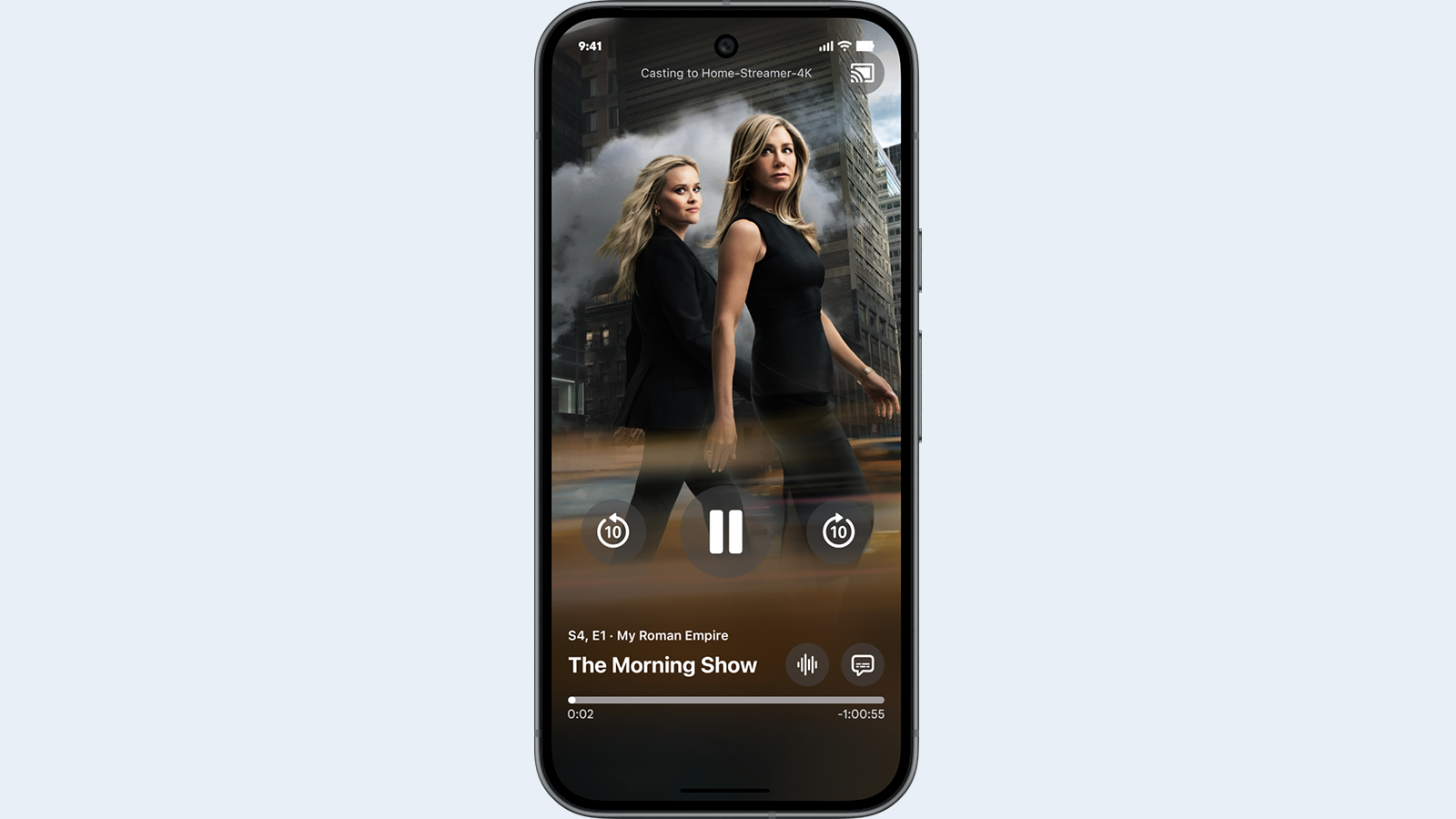Broadcasters: Programming Flexibility, Sponsorships Needed During ‘Nightlight’
The rules governing the 30-day “nightlight” extension for analog broadcasters may not be as simple as the law’s authors might have guessed.
The extension to the Feb. 17 analog shutoff deadline is reserved for emergency information and DTV education only, according to the law passed late last year. But NAB and the Association for Maximum Service Television explained to the FCC why other programming might just have to run during an emergency.
In a filing, the broadcasters said that in most cases of live emergency coverage, the separate content for the analog nightlight station (a DTV-education loop, for example) would probably come from a server located at the analog transmitter—not from the studio-transmitter links (STL) that will connect studios to the digital transmitters.
“An issue may arise, however, if there is late breaking emergency information. At this point, the only effective means of communicating the emergency information from the studio to the Nightlight station will be to ‘tap’ into the station’s STL, which will be feeding the digital facility,” the broadcasters said. “However, tapping into the STL means that the station’s standard news and emergency programming may be broadcast over the Nightlight station. Consequently, traditional programming may appear on the Nightlight station.”
The broadcasters note that there is not enough time—or, in many markets, enough spectrum—to obtain separate STL licenses for the Nightlight stations to deliver separate, dedicated programming to the analog towers.
In addition, broadcasters are again urging the commission to allow “limited commercial sponsorship” on the nightlight channels. NAB raised this point last week when it described the DTV-education video it is producing for use during the Nightlight period. The idea was that outside entities—such as cable and satellite providers, local electronics stores, and converter-box manufacturers—would be allowed to sponsor the Nightlight programming, just as they have sponsored call centers and DTV-related ads already.
The Ohio, Virginia and North Carolina Broadcasters Associations, in a joint filing, urged the FCC to allow short-form commercial spots, including banners, crawls and brief “sponsored by” or “underwritten by” mentions.
In a separate filing, KTBS-TV in Shreveport, La., pegged the power cost of the 30-day analog Nightlight venture at $7,000.
The FCC is scheduled to vote on the rules governing the Nightlight option Jan. 15.
But the entire program may be obviated if the Feb. 17 is delayed, as the Obama transition team suggested last week.
The professional video industry's #1 source for news, trends and product and tech information. Sign up below.
